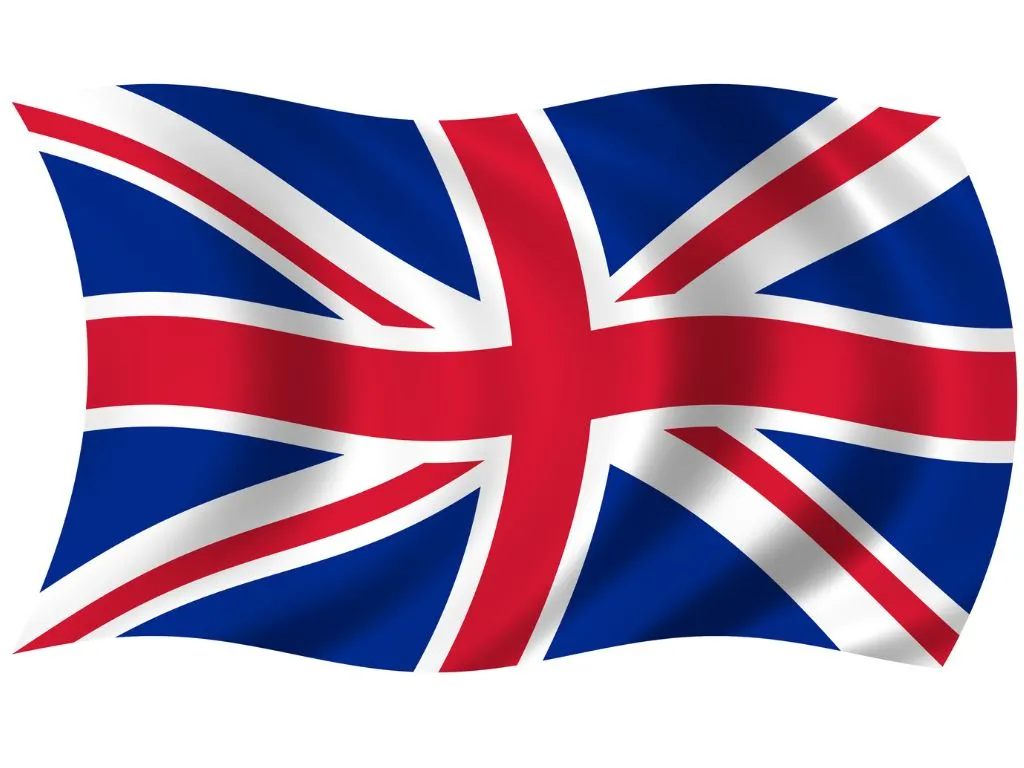News Details

United Kingdom - Key Regulatory Insights 2024
The UK Registration, Evaluation, Authorisation, and Restriction of Chemicals (UK-REACH) serves as the legal framework for regulating chemicals in Great Britain (England, Scotland, and Wales) following the UK’s withdrawal from the European Union. UK-REACH was established on January 1, 2021, under the European Union (Withdrawal) Act 2018, UK-REACH and retains the core principles of EU-REACH while making changes to make it workable in the UK. The Regulation applies to chemical substances manufactured or imported in quantities of one tonne per year or more, whether as individual substances, mixtures (e.g. paints, inks) or components of articles (e.g. furniture, clothing, vehicles). To legally place chemicals on the UK market, manufacturers, importers, and distributors must register their substances under UK-REACH, with transitional arrangements in place to support businesses affected by the repeal of EU-REACH in the UK. Northern Ireland continues to follow EU-REACH under the Northern Ireland Protocol.
Certain substances are exempt from UK-REACH, including radioactive substances, waste, non-isolated intermediates, and substances under customs supervision. Additionally, some substances are regulated under more specific legislation, such as human and veterinary medicines, food additives, plant protection products, and biocides. In addition to UK-REACH, the Great Britain Classification, Labelling, and Packaging (GB CLP) Regulation came into force on January 1, 2021, requiring manufacturers, importers, and downstream users to properly classify, label, and package hazardous substances before placing them on the market. Unlike the EU CLP Regulation, the GB CLP allows the UK to make independent decisions on mandatory hazard classifications and labelling, deciding whether to align with EU decisions or introduce its own classification system.
Key News from 2024
DEFRA Proposes Alternative Transitional Registration Model for UK REACH
On May 6, 2024, the UK Department for Environment, Food and Rural Affairs (DEFRA) launched a consultation on an Alternative Transitional Registration Model (ATRm) for UK REACH. The ATRm aims to reduce costs for companies transitioning from EU REACH to UK REACH, while maintaining the protection of for human health and the environment. Key proposals include reducing hazard information requirements for transitional substances, enhancing use and exposure data, and formalizing data sharing arrangements between registrants. The outcome of the consultation is expected in 2025. Read more here.
UK Extends Restrictions on Chemicals in Cosmetics
The United Kingdom has expanded its list of prohibited substances in cosmetic products, to include 13 new chemicals identified as carcinogenic, mutagenic, or toxic for reproduction (CMR). This action is in line with the latest scientific assessments and aims to enhance consumer safety by preventing the use of these hazardous substances in cosmetics. Companies are advised to review the updated regulations to ensure compliance and avoid potential market withdrawals. Read more here.
UK Updates to the Mandatory Classification and Labelling (GB MCL) List
The United Kingdom has recently updated its Mandatory Classification and Labelling (GB MCL) list to reflect the latest scientific assessments and enhance consumer safety. On January 11, 2024, the Health and Safety Executive (HSE) proposed to update the status of 90 substances on the GB MCL list from the 14th and 15th Adaptations to Technical Progress (ATPs) to the CLP Regulation. Subsequently, on March 12, 2024, the HSE announced the addition of 25 chemical substances to the GB MCL list with an effective date of March 2, 2024, and a compliance date of September 2, 2025. In addition, on June 26, 2024, the GB MCL list was updated to give legal effect to the GB MCLs for 88 substances, while removing entries for titanium dioxide (in powder form) and granulated copper. These updates are intended to ensure accurate hazard communication and regulatory compliance. Companies are advised to review the updated list to ensure compliance and avoid potential market withdrawals. Read more here, here and here.
We acknowledge that the above information has been compiled from HSE.

 Twitter
Twitter
